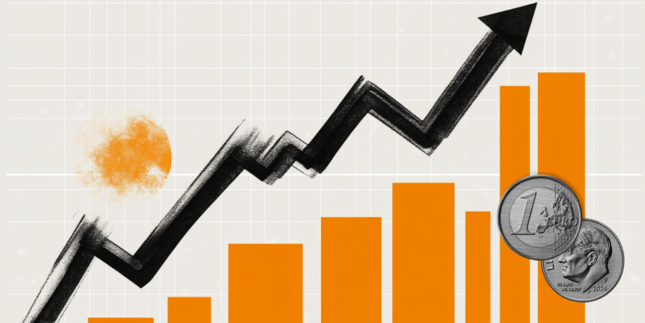AUD/USD seems vulnerable near YTD low, around mid-0.6300s ahead of US CPI
- AUD/USD hits a fresh year-to-date low and is pressured by a combination of factors.
- The RBA’s dovish tilt and China’s economic woes continue to weigh on the Aussie.
- Bets for a slower Fed rate cut path underpin the USD ahead of the US CPI report.
The AUD/USD pair remains under some selling pressure for the second straight day on Wednesday and drops to the 0.6340 area, or the lowest level since November 2023 during the first half of the European session. Moreover, the fundamental backdrop suggests that the path of least resistance for spot prices remains to the downside, though bearish traders might await the release of the US consumer inflation figures before placing fresh bets.
The crucial US Consumer Price Index (CPI) report will be looked upon for the interest rate outlook in the US and guide the Federal Reserve (Fed) policymakers on their decision next week. This, in turn, will play a key role in influencing the near-term US Dollar (USD) price dynamics and provide a fresh directional impetus to the AUD/USD pair. In the meantime, the growing conviction that the US central bank will adopt a cautious stance on cutting interest rates remains support of a further rise in the US Treasury bond yields. Apart from this, persistent geopolitical risks lift the safe-haven buck to a one-week high and continue to weigh on the currency pair.
The Australian Dollar (AUD), on the other hand, is undermined by the Reserve Bank of Australia's (RBA) dovish tilt, which is seen as another factor that contributes to the offered tone surrounding the AUD/USD pair. The RBA, in its monetary policy statement released on Tuesday, said that the board has gained confidence that inflation was heading towards the 2%-3% annual target. Moreover, the central bank omitted the previous line that policy needs to remain restrictive, reaffirming bets for an early rate cut. Apart from this, worries about China's fragile economic recovery and US-China trade war fears validate the negative outlook for the currency pair.
The aforementioned fundamental backdrop suggests that an immediate market reaction to softer US CPI print is more likely to be limited. Moreover, oscillators on the daily chart are holding deep in negative territory and are still away from being in the oversold zone. Hence, any attempted recovery in the AUD/USD pair could be seen as a selling opportunity and run the risk of fizzling out rather quickly.
US Dollar PRICE Today
The table below shows the percentage change of US Dollar (USD) against listed major currencies today. US Dollar was the strongest against the New Zealand Dollar.
| USD | EUR | GBP | JPY | CAD | AUD | NZD | CHF | |
|---|---|---|---|---|---|---|---|---|
| USD | 0.21% | 0.19% | -0.20% | 0.08% | 0.41% | 0.41% | 0.16% | |
| EUR | -0.21% | -0.02% | -0.41% | -0.13% | 0.18% | 0.19% | -0.05% | |
| GBP | -0.19% | 0.02% | -0.41% | -0.12% | 0.20% | 0.21% | -0.05% | |
| JPY | 0.20% | 0.41% | 0.41% | 0.29% | 0.62% | 0.61% | 0.36% | |
| CAD | -0.08% | 0.13% | 0.12% | -0.29% | 0.33% | 0.34% | 0.07% | |
| AUD | -0.41% | -0.18% | -0.20% | -0.62% | -0.33% | 0.00% | -0.24% | |
| NZD | -0.41% | -0.19% | -0.21% | -0.61% | -0.34% | -0.01% | -0.26% | |
| CHF | -0.16% | 0.05% | 0.05% | -0.36% | -0.07% | 0.24% | 0.26% |
The heat map shows percentage changes of major currencies against each other. The base currency is picked from the left column, while the quote currency is picked from the top row. For example, if you pick the US Dollar from the left column and move along the horizontal line to the Japanese Yen, the percentage change displayed in the box will represent USD (base)/JPY (quote).
Forex News
Keep up with the financial markets, know what's happening and what is affecting the markets with our latest market updates. Analyze market movers, trends and build your trading strategies accordingly.













